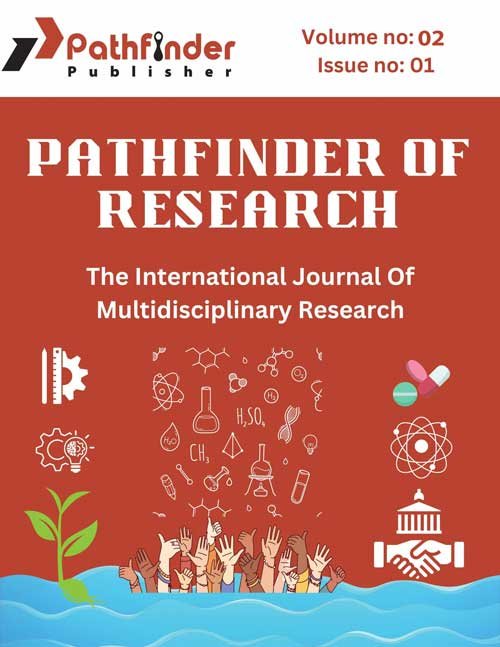Telemedicine's Crucial Role in Managing Health During the OngoingCOVID-19 Pandemic
Keywords:
Telemedicine, Telehealth, COVID19, Healthcare, Remote patient care, Crisis managementAbstract
Recent innovations have further improved the ability of Telehealth (TH) to connect healthcare services in remote places. In the middle of the COVID-19 epidemic, Telehealth (TH) has become an essential tool, transforming the way healthcare is provided. It has proven critical in providing patient care, enabling easy access while adhering to social distance and quarantine protocols. By implementing healthcare services directly in patients' homes, TH improves the safety of both patients and healthcare professionals. Amidst the epidemic, TH has facilitated the optimal allocation of healthcare resources, prioritizing COVID-19 treatment while
simultaneously addressing non-COVID health needs through remote means. Medical professionals have quickly adapted, utilizing telehealth for activities such as initial assessment, reducing the need for unnecessary visits to the emeency room. This transition signifies a shift in TH's conventional function in primary care to include specialist and urgent treatment, thereby significantly broadening its usefulness. Nevertheless, TH does have certain limitations, such as difficulties performing thorough physical examinations and restrictions on obtaining diagnostic testing and
imaging. These deficiencies underscore the continuous need for enhancement and originality in the field of telemedicine. The 2020 pandemic has had a profound effect on telemedicine, leading to substantial advancements and setting the stage for the future of healthcare delivery. In order to fully harness the promise of TH in modern
healthcare, it is imperative for healthcare professionals to address the constraints and ongoing obstacles associated with its utilization.



